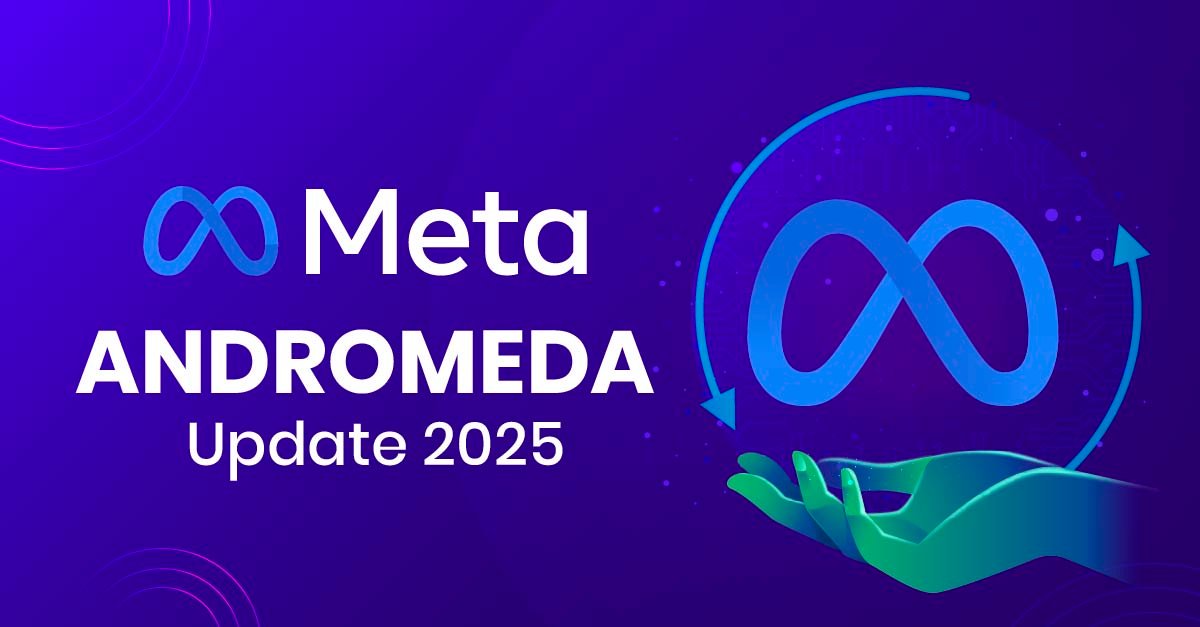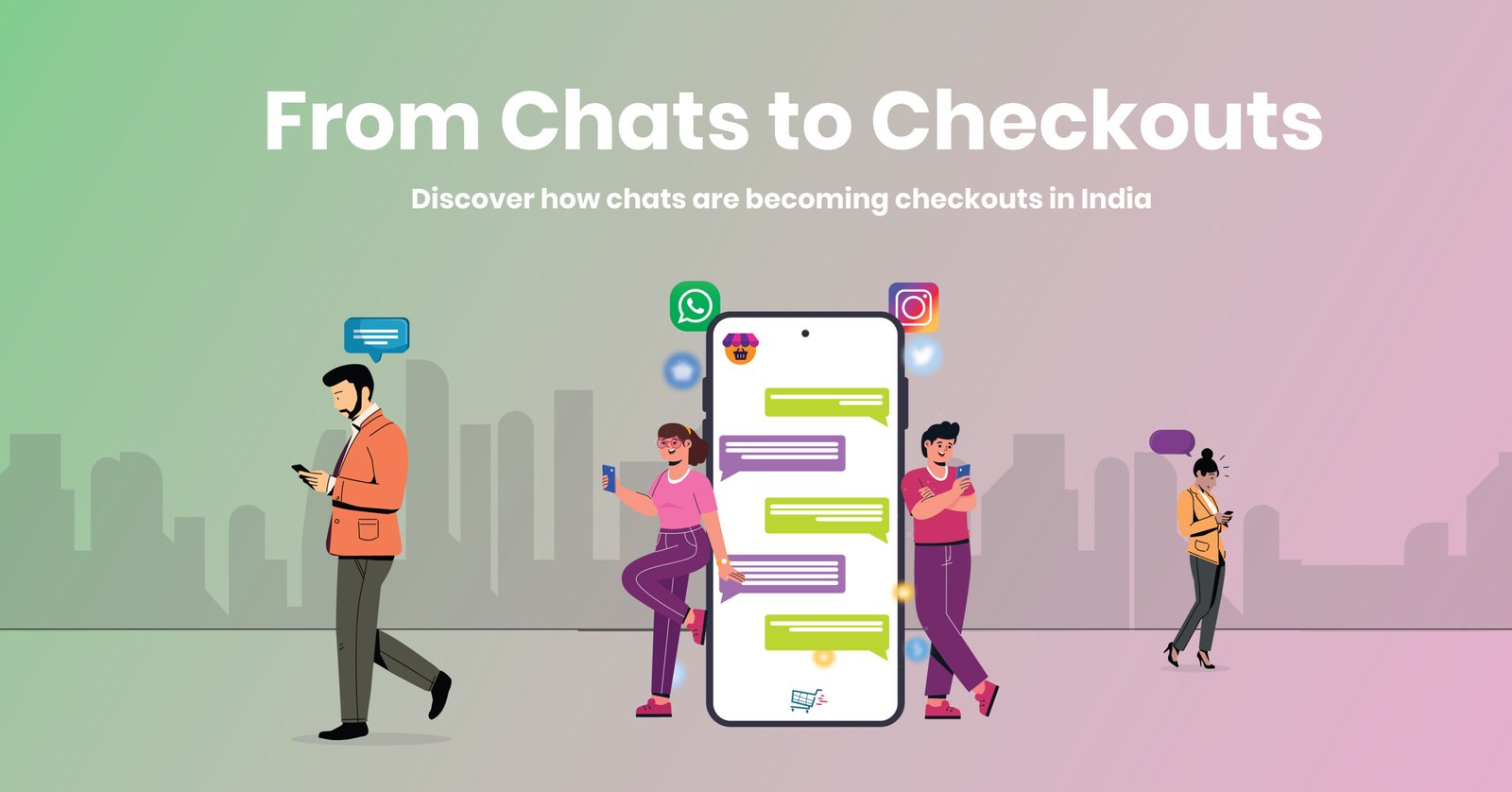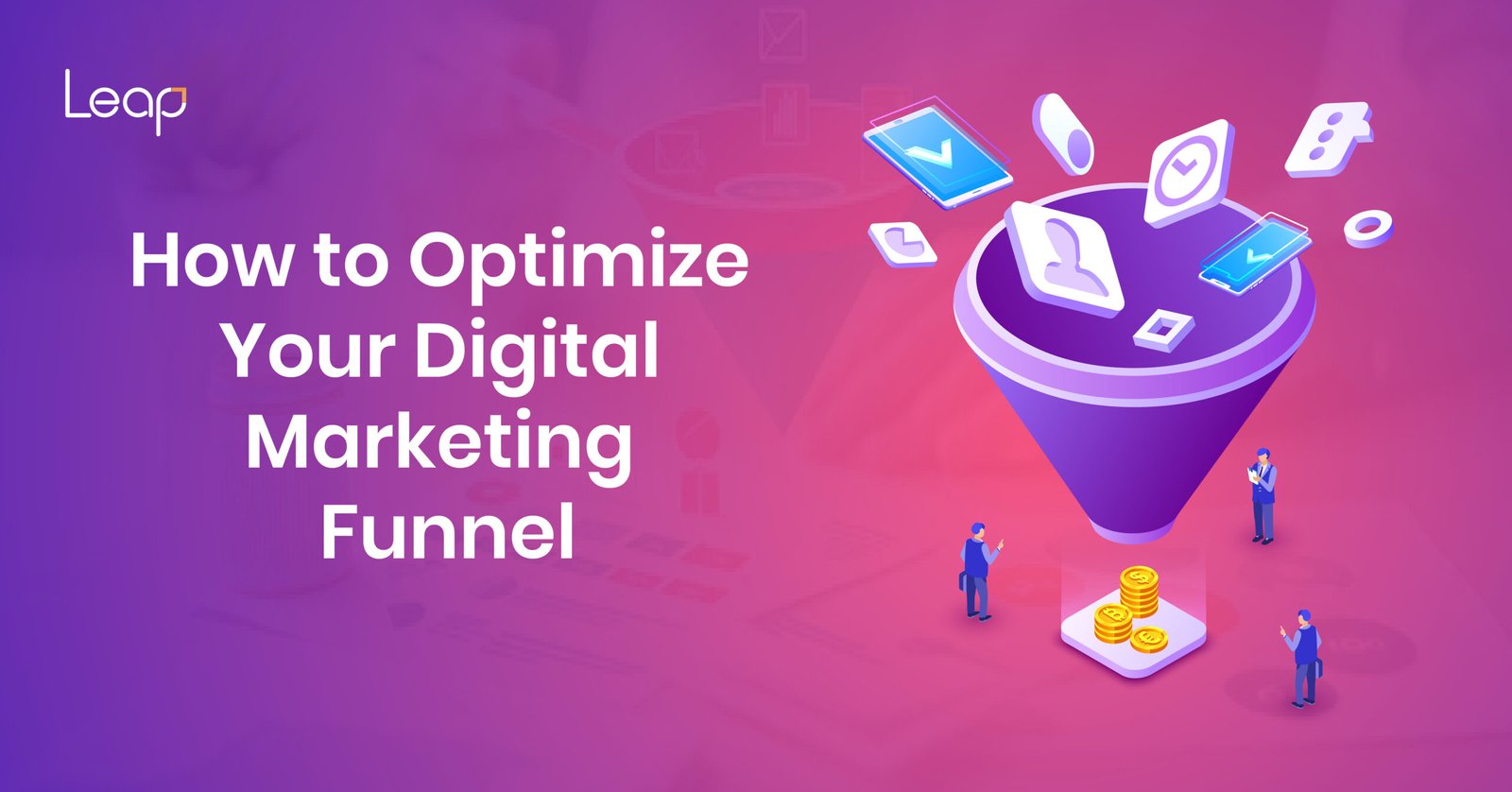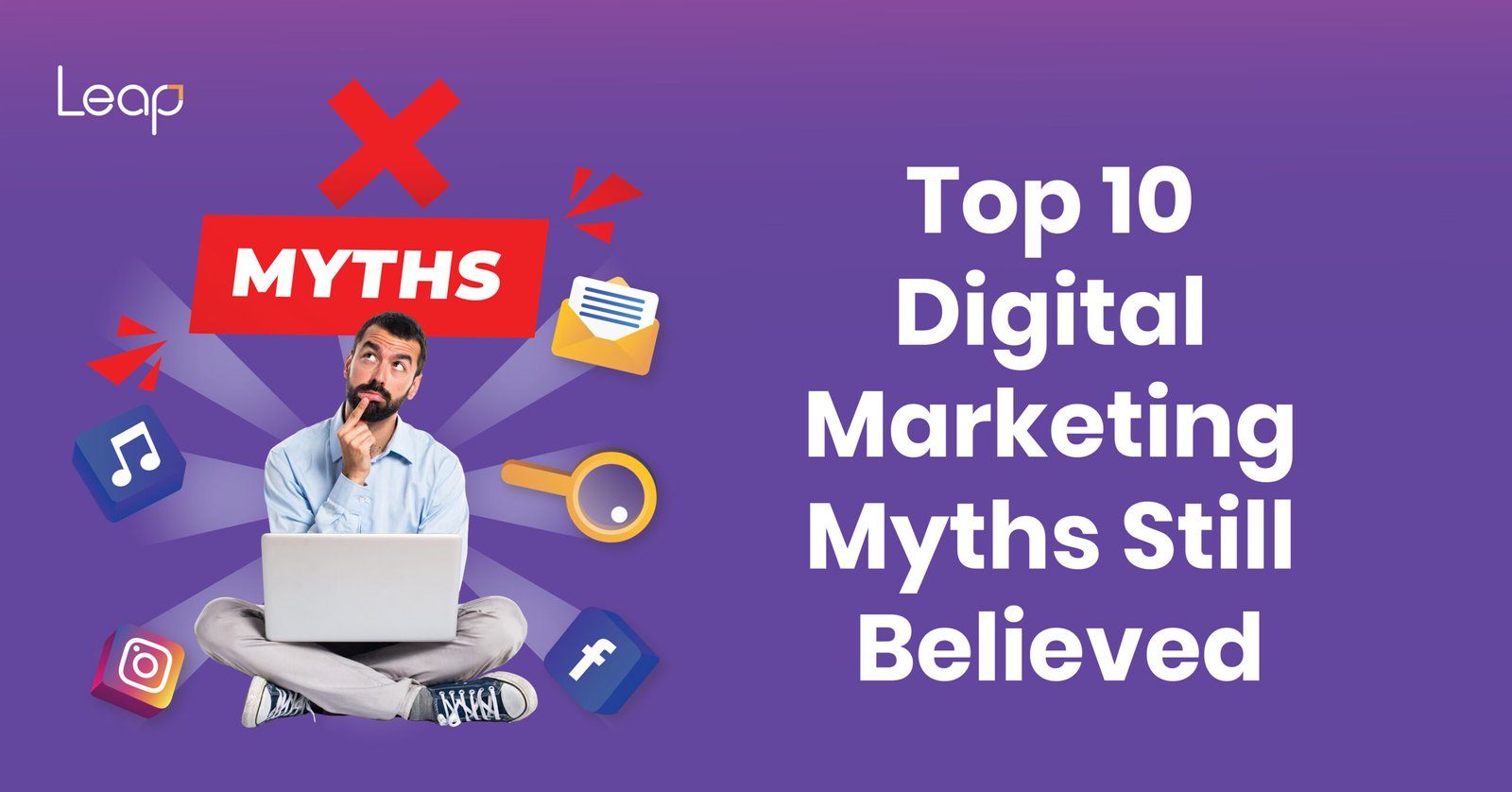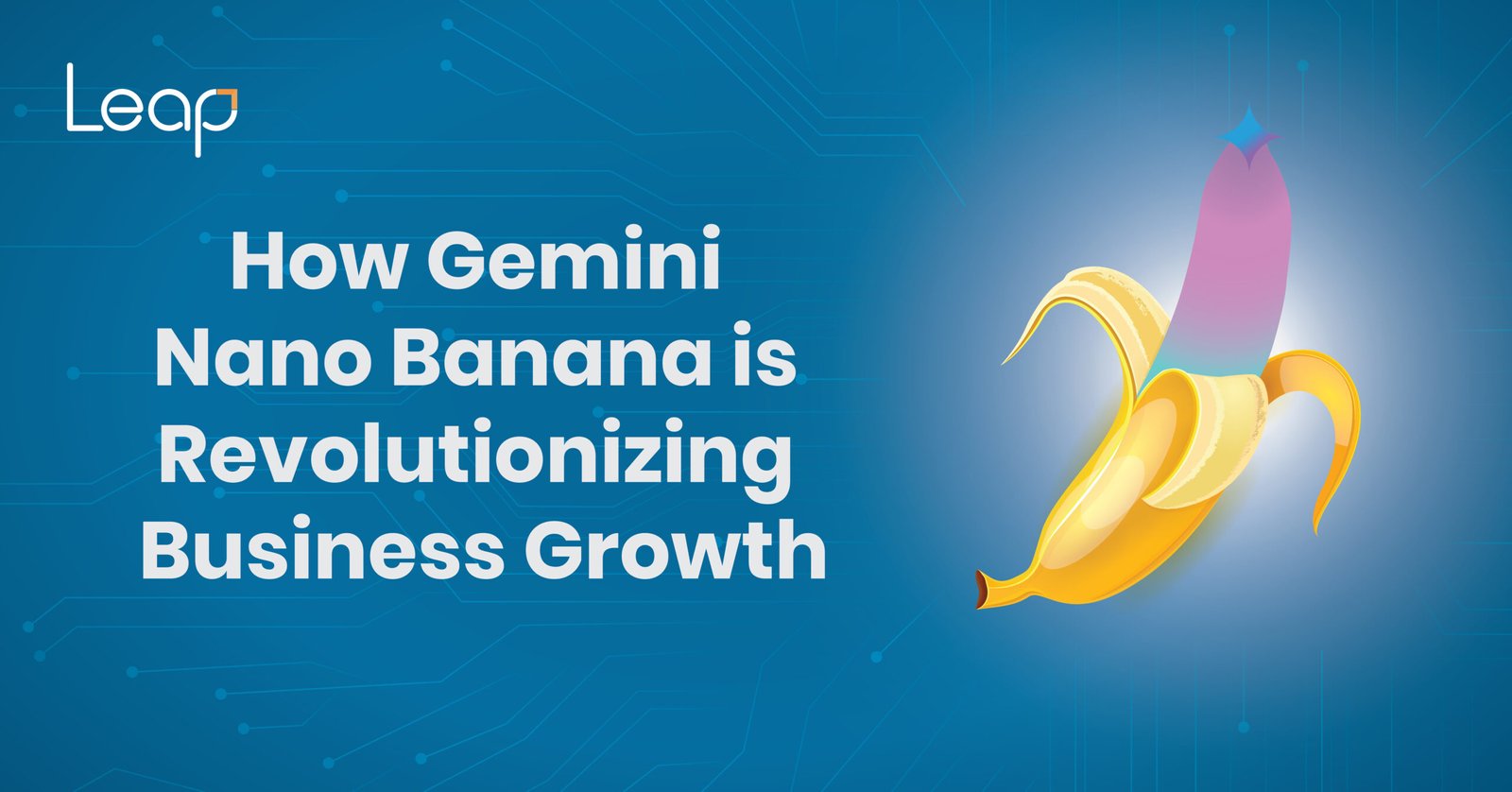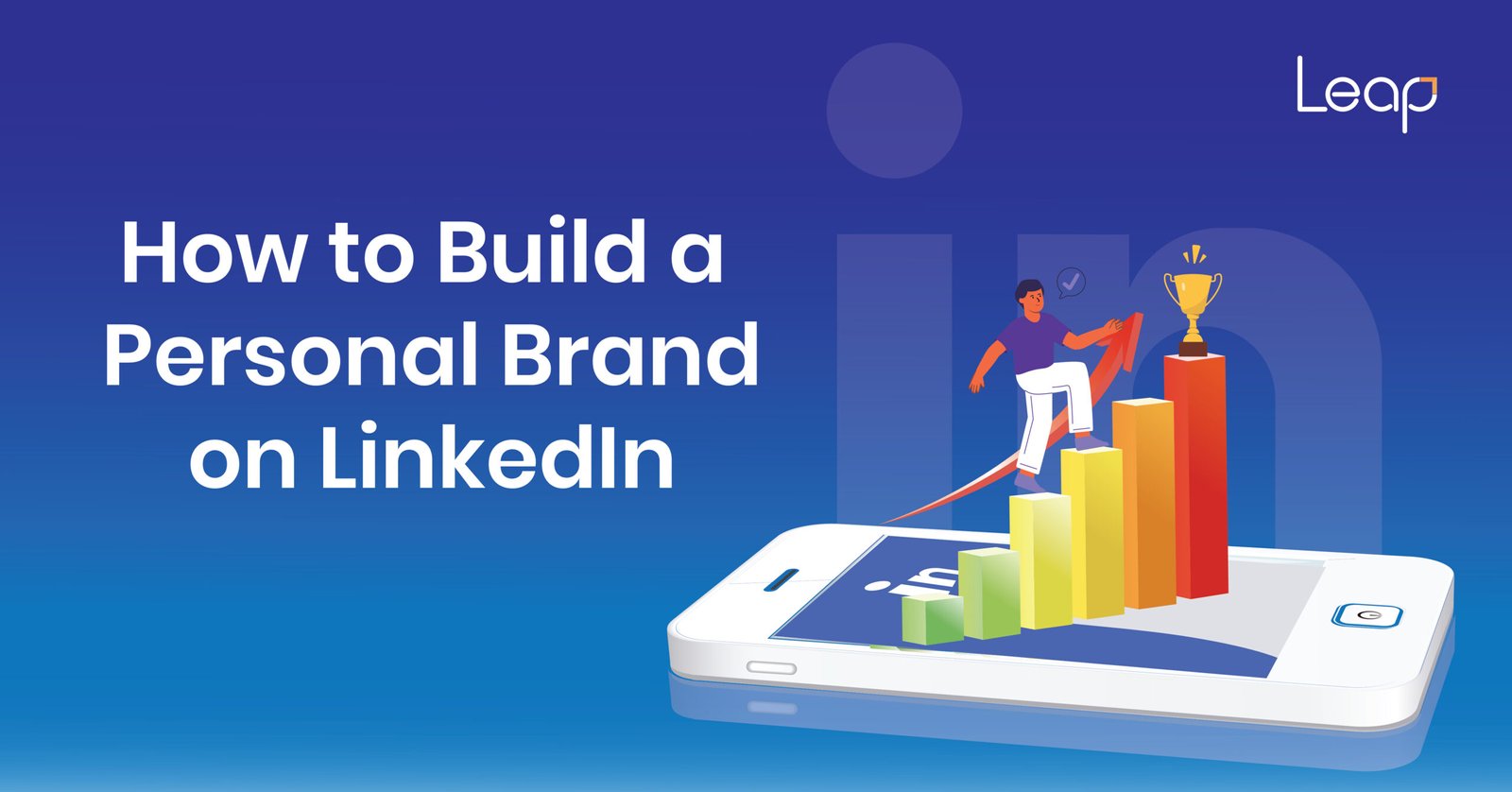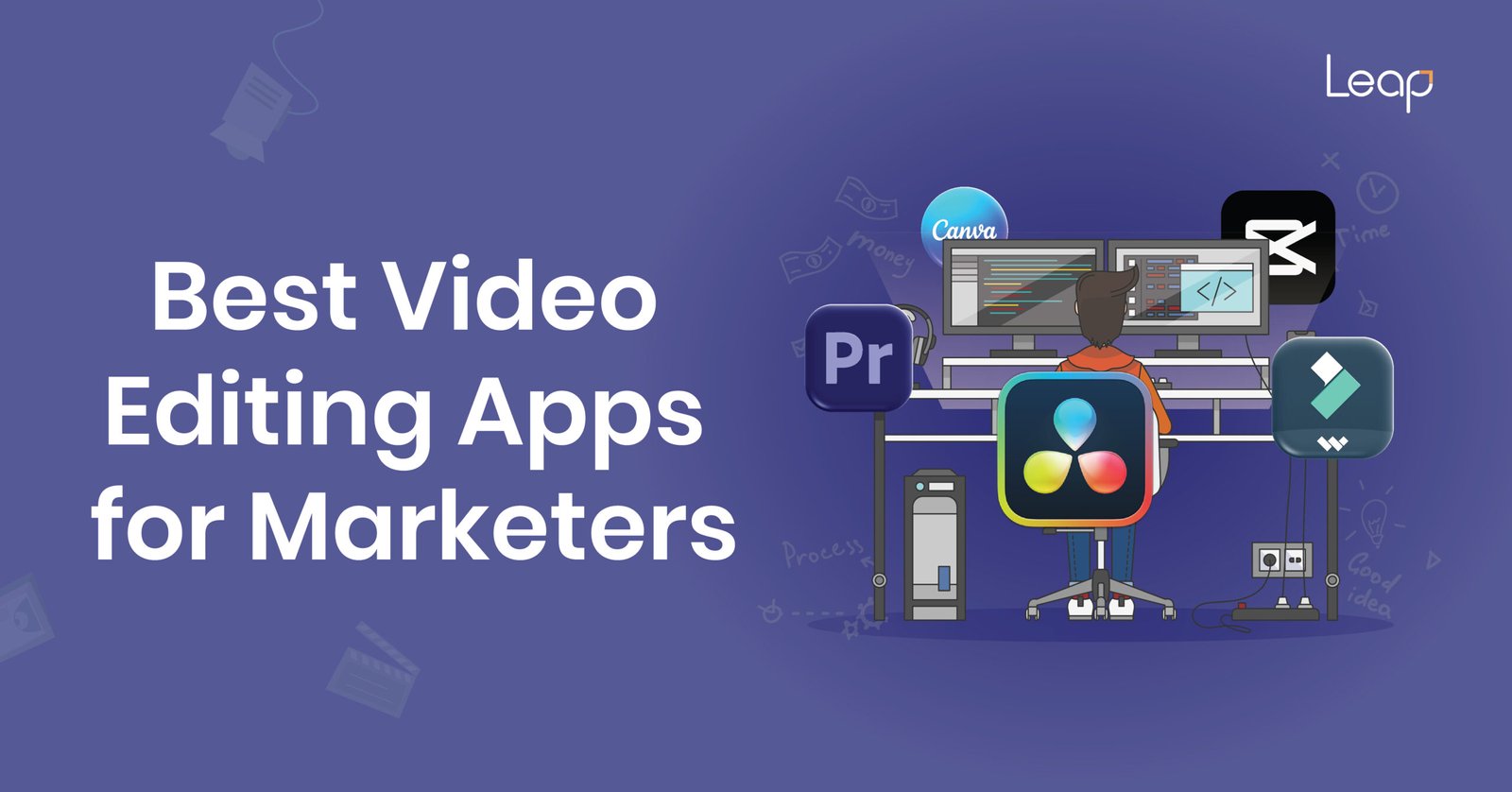
In the ever-evolving world of digital marketing, 2025 marks a defining moment for micro-influencers. As brands seek meaningful engagement over vanity metrics, micro-influencers have taken center stage, outperforming traditional celebrities and macro-influencers in ROI, trust, and conversions. For business owners and startups, this shift opens a powerful avenue to connect authentically with niche audiences.
In this in-depth guide, we explore why micro-influencers are dominating in 2025, how brands can leverage them, and how you can use this strategy to accelerate your growth with the help of a digital marketing expert like Leap Marcom.
Micro-influencers are social media personalities with follower counts typically ranging from 1,000 to 100,000. Unlike mega-influencers or celebrities, their audiences are smaller but highly engaged, often centered around a specific niche—fitness, fashion, finance, tech, sustainability, and more.
2025 Definition of Micro-Influencers
With changes in algorithm behavior and platform evolution, micro-influencers in 2025 are defined not only by follower count but also by:
- Engagement rate (average 5–8%)
- Audience authenticity
- Niche expertise
- Trust-based influence
Why Micro-Influencers Are Thriving in 2025
1. Higher Engagement Rates
According to a 2025 report by Influencity, micro-influencers now average 7.2% engagement, compared to just 1.3% for macro-influencers. This is due to their close-knit communities and genuine interactions.
2. Increased Trust and Credibility
Micro-influencers build long-term relationships with their followers. Consumers trust them more because their content feels organic and less commercialized.
“92% of consumers trust micro-influencers more than traditional celebrities.” — HubSpot State of Marketing 2025
3. Cost-Effective Campaigns for Startups
In 2025, businesses can now run micro-influencer campaigns for as little as $200–$1,000 per post, making influencer marketing accessible to startups and SMEs.
4. Algorithm-Friendly Reach
Instagram, TikTok, and LinkedIn algorithms now prioritize relevance and engagement over raw follower counts. Micro-influencers who consistently interact with their niche audience are rewarded with better visibility.
Real-Life Success Stories (2025 Edition)
1. Brand: Thrive Organics (India)
Thrive used 50 local micro-influencers to launch its new line of herbal skincare. The campaign achieved:
- 23% higher conversions
- 18x ROI compared to paid ads
- Expanded reach to Tier 2 & Tier 3 cities organically
2. Brand: Skillora EdTech
By leveraging LinkedIn micro-influencers in the career space, Skillora grew its student enrollment by 41% in just three months, with a CPL (cost per lead) 36% lower than PPC campaigns.
3. Brand: FitFuel Nutrition
Through YouTube Shorts collaborations with 30 micro fitness creators, FitFuel achieved:
- 2.8 million organic views
- 45K new followers in 60 days
- Product sellouts on Amazon India
How to Build a Micro-Influencer Strategy in 2025
Step 1: Define Clear Campaign Goals
Are you looking for brand awareness, lead generation, conversions, or social proof?
Step 2: Identify the Right Micro-Influencers
Use tools like Upfluence, Heepsy, or manual hashtag research. Look for:
- Niche alignment
- High engagement
- Authenticity
- Consistency in posting
Step 3: Choose the Right Platform
In 2025, here’s how platforms are performing:
- Instagram: Best for lifestyle, beauty, fashion
- TikTok: Best for viral product launches, Gen Z reach
- LinkedIn: Ideal for B2B and thought leadership
- YouTube Shorts: High retention and visibility
Step 4: Focus on Long-Term Collaborations
Instead of one-off posts, create brand ambassador programs with micro-influencers for sustained results.
Step 5: Track, Analyze, Optimize
Monitor metrics like engagement, reach, click-through rate (CTR), and conversion rate. Adjust your strategy based on performance.
Common Mistakes Brands Make
- Choosing influencers based only on follower count
- Lack of clear KPIs or goals
- Over-controlling the creative process
- One-time campaigns with no follow-up
- Ignoring compliance and disclosures
Micro-Influencers vs Macro-Influencers: 2025 Comparison Chart
Metric | Micro-Influencers | Macro-Influencers |
Followers | 1K–100K | 100K–1M+ |
Engagement | 6–9% | 1–2% |
Cost/Post | $200–$1,000 | $5,000–$25,000 |
Authenticity | Very High | Moderate |
Trust Factor | High | Medium |
Niche Reach | Strong | Broad |
How Leap Marcom Helps You Win with Micro-Influencers
At Leap Marcom, we specialize in building custom influencer marketing strategies that prioritize ROI, engagement, and brand relevance. Here’s how we help:
- Influencer Discovery & Vetting: We identify high-performing micro-influencers that align with your niche.
- Campaign Planning: From messaging to KPIs, we handle end-to-end strategy.
- Content Coordination: Ensure on-brand storytelling across platforms.
- Performance Tracking: Real-time analytics, ROI tracking, and reporting.
Whether you’re a startup looking to make your mark or a growing brand ready to scale, our team ensures your influencer marketing campaigns are not just trendy—but transformational.
Frequently Asked Questions (FAQs)
In 2025, a micro-influencer is defined not just by follower count (1,000–100,000), but also by high engagement rates, niche expertise, and authentic audience relationships.
Micro-influencers typically have stronger engagement (6–9%) and higher trust among their followers, making their recommendations feel more genuine and impactful than those from macro-influencers.
Brands can run micro-influencer campaigns starting from $200 to $1,000 per post, making it a cost-effective strategy for startups and SMEs.
Instagram and TikTok work best for visual and lifestyle content, LinkedIn is ideal for B2B, and YouTube Shorts excels in high-retention video marketing.
Leap Marcom offers end-to-end influencer marketing services—from influencer discovery and campaign planning to content coordination and performance tracking, ensuring ROI-driven results.
Final Thoughts
The era of micro-influencers is here—and it’s here to stay. In 2025, brands that prioritize authenticity, engagement, and data-driven strategy are the ones leading the game. If you’re ready to harness the power of micro-influencers and see real growth, don’t go it alone.


